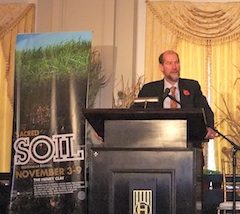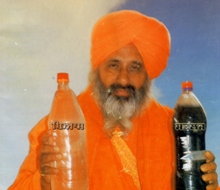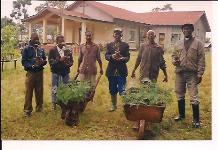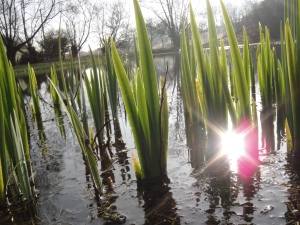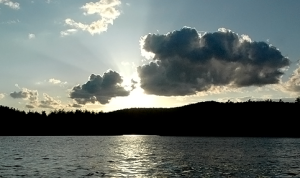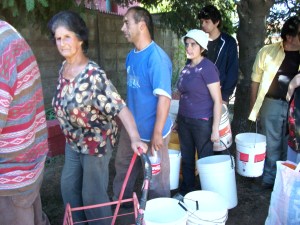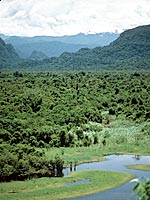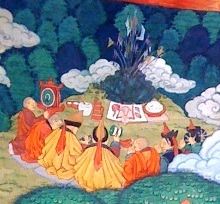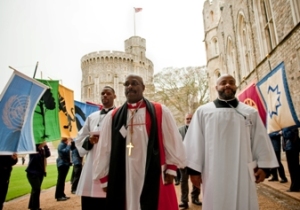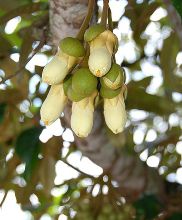 A year ago this week, and everyone at ARC was in a state of both exhaustion and elation. We had just finished the biggest event in ARC’s history – Many Heavens, One Earth at Windsor Castle. Readers of this blog who attended will remember that it involved 31 traditions within nine major faiths worldwide launching long-term plans for environmental action. These commitments were made in the presence of Prince Philip, and Ban Ki-moon, who enjoyed a vegetarian banquet in the Castle (the first that Windsor Castle had ever hosted, and comedian Sandi Toksvig’s favourite story of the week).
A year ago this week, and everyone at ARC was in a state of both exhaustion and elation. We had just finished the biggest event in ARC’s history – Many Heavens, One Earth at Windsor Castle. Readers of this blog who attended will remember that it involved 31 traditions within nine major faiths worldwide launching long-term plans for environmental action. These commitments were made in the presence of Prince Philip, and Ban Ki-moon, who enjoyed a vegetarian banquet in the Castle (the first that Windsor Castle had ever hosted, and comedian Sandi Toksvig’s favourite story of the week).
I was working with two colleagues on the communications, and I remember that moment when I realised that the phone had not stopped ringing with requests for interviews, quotes and information from hundreds of journalists around the world. So many TV and radio interviews were going on that at one point we found ourselves locked out of our press room to allow the World Service to do an interview with a senior Muslim leader while I sat on a table in the corridor outside, answering that ringing phone. We probably needed six people, not three.
I also remember the real sense of energy and ideas as I joined different working groups – the ones I dropped in on were talking about pilgrim cities going green, about water issues in religious-run schools, about how faiths absolutely needed to improve their policies on ethical food – and I am scarcely surprised that each of those little gatherings looks has resulted in a major new scheme.
We’ve created a huge document, not for the faint-hearted, which includes some of the details of some of the stories and outcomes… but I’m aware as I write this that there is so much more we could have told you about – the emails coming in from Tanzania, extraordinary stories from Jerusalem and Dwarka and Amritsar. We won’t be able to do it all (we’re back to equivalent of one person plus a very nice intern on communications), but do keep tuning in and tell us what you are interested in.
